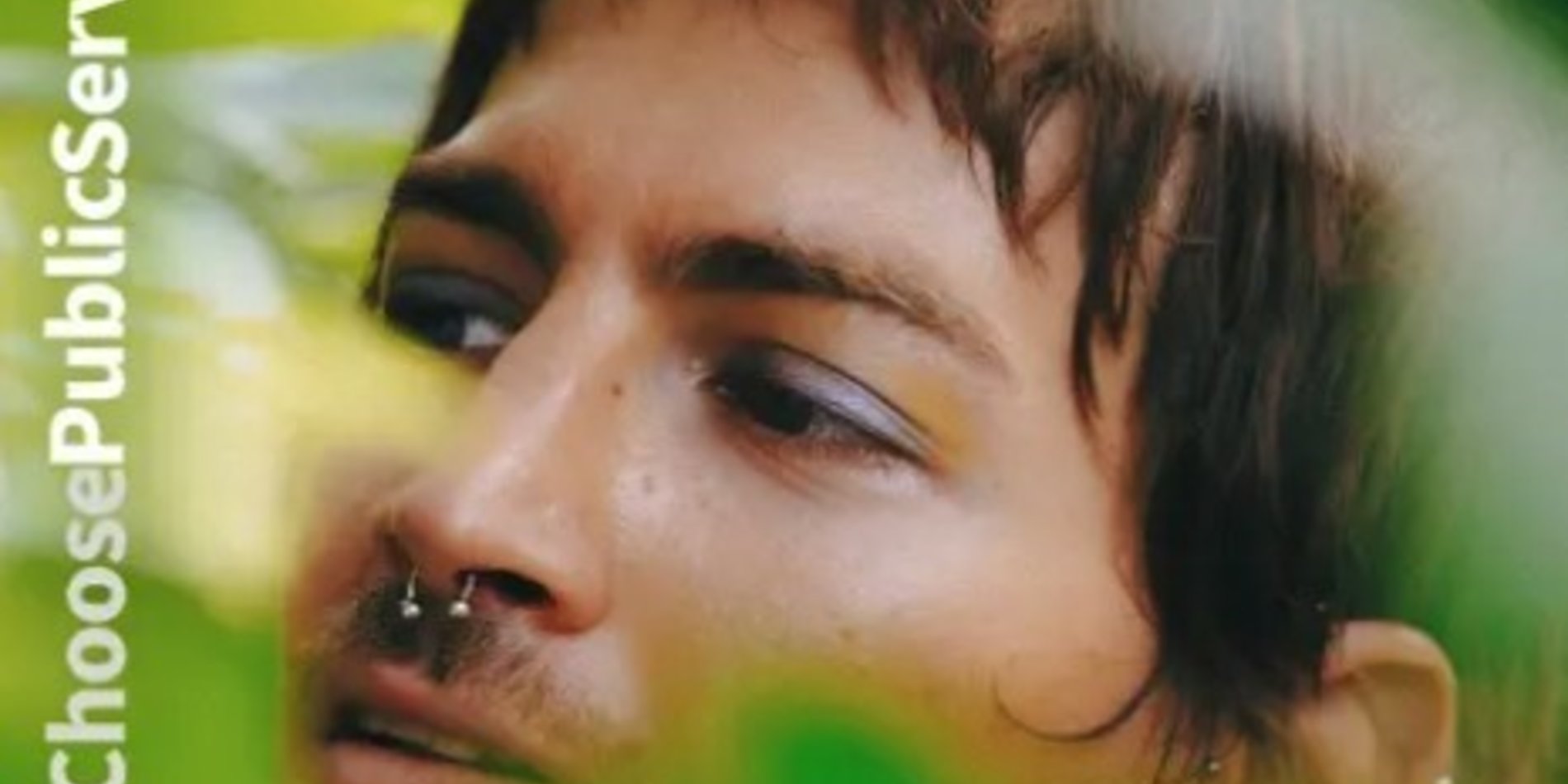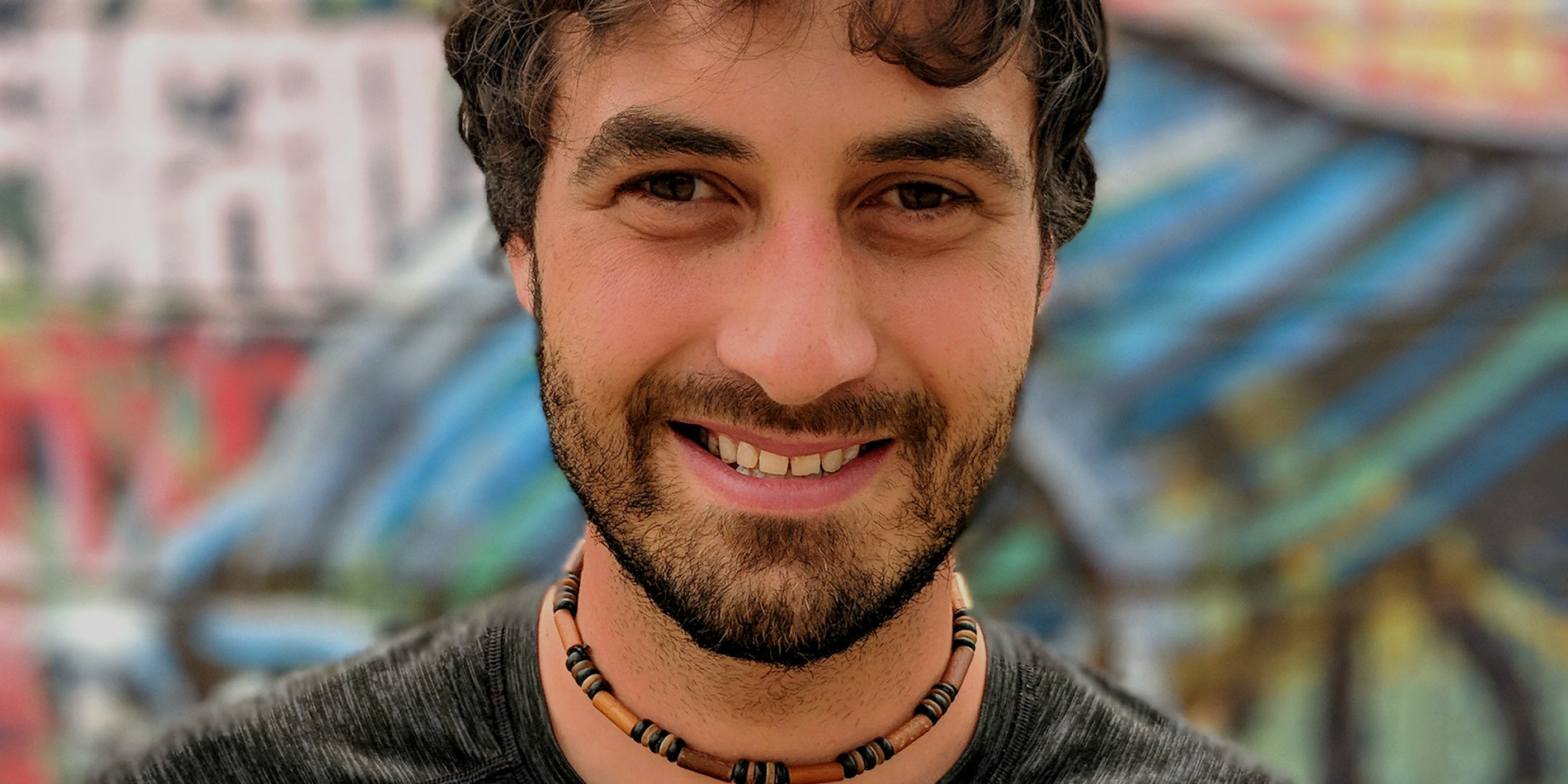Designing for everyday challenges through community engagement

David L. Jaffe has been teaching the course ENGR 110/210: Perspectives in Assistive Technology for 18 years. It is one of more than 150 Cardinal Courses, which involve students in hands-on, community-engaged learning experiences. Jaffe has cultivated an environment where students both learn and address the challenges experienced by their community partners.
During the winter quarter, eight project teams, comprising two, three, or four members each, tackled challenges sourced from the community. Partners included individuals seeking solutions to struggles with daily tasks and representatives from the Magical Bridge Foundation, an organization that designs accessible, inclusive playgrounds for individuals and families with physical and neurological disabilities.
An integral component of the course is direct engagement with older adults and individuals with disabilities. “It’s important for students to meet with the person and have them demonstrate the issue and test the prototypes they fabricate,” said Jaffe.
Students are tasked with designing solutions that address the everyday challenges faced by individuals, emphasizing simplicity and practicality. The course welcomes students of all levels, from freshmen to postdocs, with opportunities for independent study under Jaffe's guidance.
At the final session of winter quarter, Jaffe addressed the class, underscoring the practical relevance of the skills being honed, and stressing their applicability in professional settings. He encouraged students to stay connected and share their future endeavors, fostering a lasting mentorship beyond the confines of the classroom.
Students then showcased their prototype devices in a practical setting reminiscent of a traditional science fair or tradeshow. Among the projects were an EVA foam sled designed for the Magical Bridge Playground, offering a safer and more enjoyable experience for people of all abilities; and an electronic kennel door opener engineered for dog owners with dexterity issues.
As the final class drew to a close, Jaffe expressed heartfelt gratitude to his students for the privilege of sharing knowledge and expertise. In a poignant moment, he encouraged them to pause and bid farewell, highlighting the sense of community and camaraderie cultivated throughout the course.
Beyond the classroom, Jaffe extends his influence through a newsletter reaching 1,365 subscribers at Stanford and across the nation. His dedication to disseminating knowledge underscores the course's impact beyond its immediate participants.
Jaffe’s course epitomizes the intersection of education, design, and engineering. Through hands-on projects and community engagement, students not only practice technical skills but also cultivate compassion and creativity, laying the foundation for future endeavors in community-centered projects.





